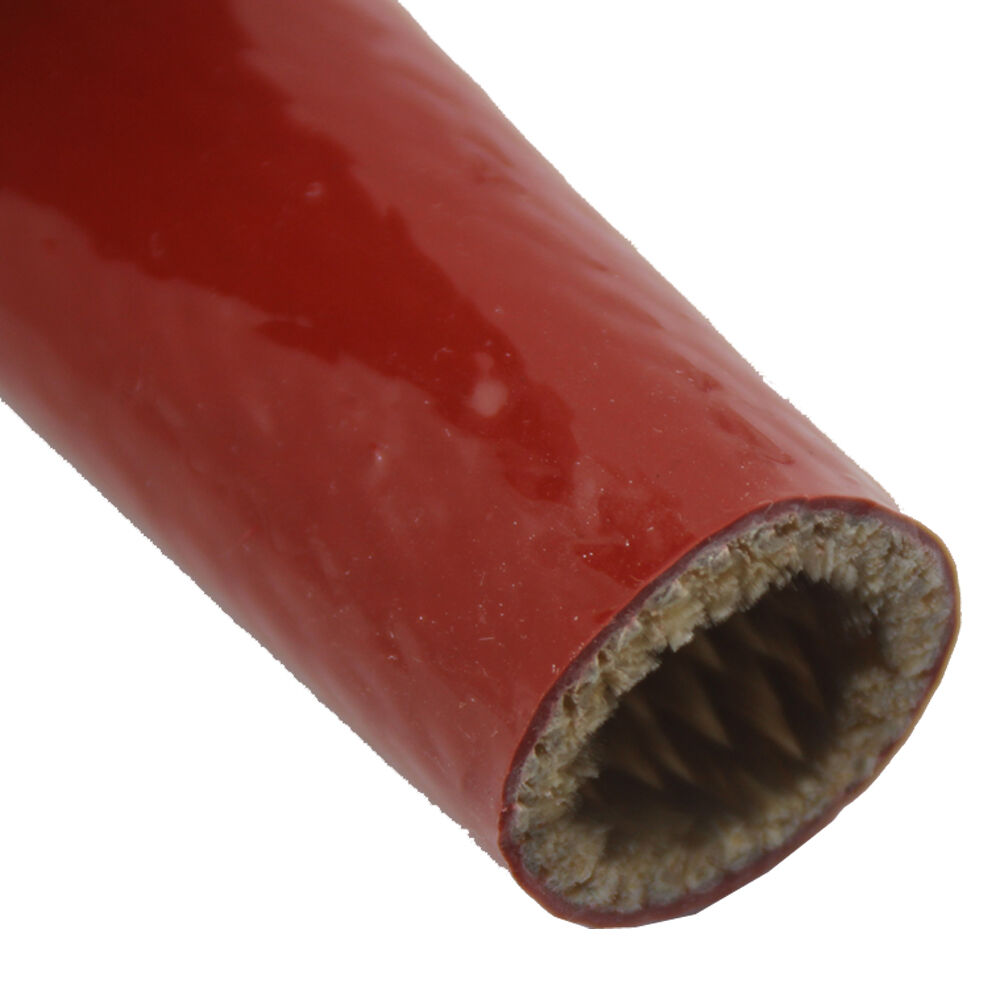A seasoned engineer with 30 years of experience in the steel industry I have witnessed the numerous challenges faced by metallurgical plants when it comes to ensuring the safety and efficiency of their operations. In this case study, we will explore the application of high-temperature fire resistant sleeving, a vital component in protecting critical infrastructure within the metallurgical industry.
Case Description:
The metallurgical industry operates under extreme conditions, with high temperatures, molten metals, and intense heat sources present throughout various processes. One significant concern is the protection of pipelines and cables against excessive heat, which can lead to equipment damage, operational downtime, and safety hazards.
To address these challenges, the implementation of high-temperature fire resistant sleeving has proven to be a highly effective solution. This sleeving is specifically engineered to withstand extreme temperatures and provide superior thermal insulation, ensuring the safety and longevity of critical components in metallurgical operations.
Case Study Details:
One notable application of high-temperature fire resistant sleeving in the metallurgical industry is in the protection of pipelines carrying molten metals from furnaces to casting units. These pipelines are subjected to extremely high temperatures, often exceeding the limits of conventional insulation materials.
By utilizing high-temperature fire resistant sleeving, the pipelines are effectively shielded from excessive heat, minimizing the risk of thermal damage, and maintaining the integrity of the material being transported. Furthermore, the sleeving acts as a reliable barrier against potential fire hazards, enhancing overall safety within the facility.
Additionally, high-temperature fire resistant sleeving finds extensive use in protecting electrical cables and wiring systems within metallurgical plants. These cables are exposed to extreme temperatures and electromagnetic interference, making them susceptible to insulation degradation, electrical faults, and even fire hazards.
By employing fire resistant sleeving, the cables are safeguarded against heat-induced damage, ensuring the uninterrupted operation of critical equipment and minimizing the risk of electrical malfunctions. This leads to improved reliability, reduced downtime, and enhanced safety measures within the metallurgical facility.
Conclusion:
The application of high-temperature fire resistant sleeving in the metallurgical industry proves instrumental in mitigating the challenges posed by extreme temperatures, molten metals, and fire hazards. Its ability to provide superior thermal insulation and protection for pipelines and electrical cables significantly contributes to the overall safety, operational efficiency, and reliability of metallurgical processes.
As a seasoned engineer, I strongly recommend the adoption of high-temperature fire resistant sleeving in metallurgical plants to safeguard critical infrastructure, prevent costly equipment damage, and ensure the well-being of personnel.

